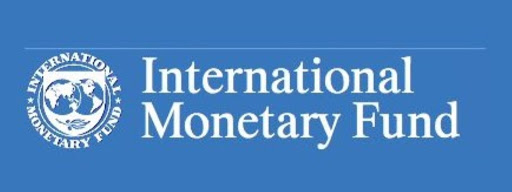The International Monetary Fund (IMF), yesterday, expressed concern over rising sovereign domestic debt, which is said to have hit 50 per cent of total public debt stock at the end of last year.
The fund, which offered theoretical advisory on domestic debt restructuring (DDR), said the ratio of sovereign domestic debts of emerging markets and developing economies (EMDEs) to their total debt profiles rose from 31 to 46 per cent between 2000 and 2020 in line with “deepening capital markets”.
“At the same time, overall public debt has also increased, with a notable spike in debt recently following the economic shock and the policy interventions in response to the COVID-19 pandemic,” IMF said in its paper on ‘Issues in Restructuring of Sovereign Domestic Debt’.
In its analysis, it observed that DDR could be painful and costly with a potential spillover effect on different sectors of the economy, including the financial system. It noted that such exercise, which could come in the form of changes in financial laws, could be preceded by sharp recessions, external shocks or a banking crisis.
Roughly 70 per cent of all public debt restructuring events during 1980-2020, it said, were accompanied by the listed spillover effect. It added that restructuring could also trigger external reputational issues that could adversely affect a country’s access to foreign facilities.
The advisory comes amid concern over the rising exposure of Nigerian banks to the governments. Last year, the reported total commercial loans to the government rose from N1.5 trillion to N1.77 trillion, a year-on-year increase of 18 per cent.
Also recently, the Fiscal Responsibility Commission (FRC) raised the alarm that most banks’ facilities to the state governments were done in contravention of extant rules, including getting a clearance from the Commission. He warned that some of the banks could run into trouble especially with a change of political leadership of the state governments.
The IMF paper on domestic debt restructuring is also coming on the heels of a plan by the Debt Management Office (DMO) to restructure the Federal Government’s ways and means facility (WMF) with the Central bank of Nigeria (CBN) to a 30-year instrument. The facility was estimated at N10 trillion at the start of the year.
IMF has cautioned countries in considering the sort of local debt restructuring Nigeria contemplates in the case of the WMF that such exercise is not an off-the-shelf item. It insists that serious analysis, thinking and scenario simulation must go into the process.
“Pre-restructuring growth rates were, on average, lower for comprehensive restructurings (External debt Restructuring (EDR)/DDRs) than for DDRs or EDRs, suggesting that comprehensive restructurings tended to occur under more stressed economic conditions. For the crisis-driven events, pre-restructuring growth rates were typically lower, with notably sharper output declines associated with more severe crises.
“Out of all the crisis-driven DDRs and EDR/DDRs, the worst GDP declines were observed in EDR/DDRs where banking crises occurred in the same year as the public debt restructuring. Similarly, public debt/GDP tended to rise more sharply in crises episodes, especially when recessions were compounded by external pressures and currency depreciation,” the paper stated.
It pointed out that post-restructuring outcomes tend to be worse when both domestic and external financial transmission channels become impaired, adding: “It appears that the macro-financial consequences of the shocks that led to debt restructurings tend to be more severe when both domestic and external financial channels become impaired”.



